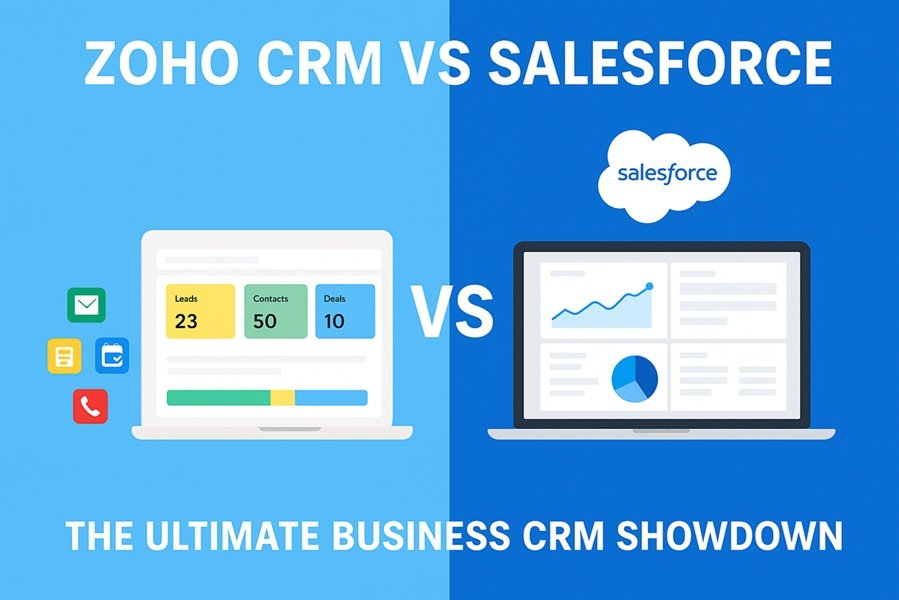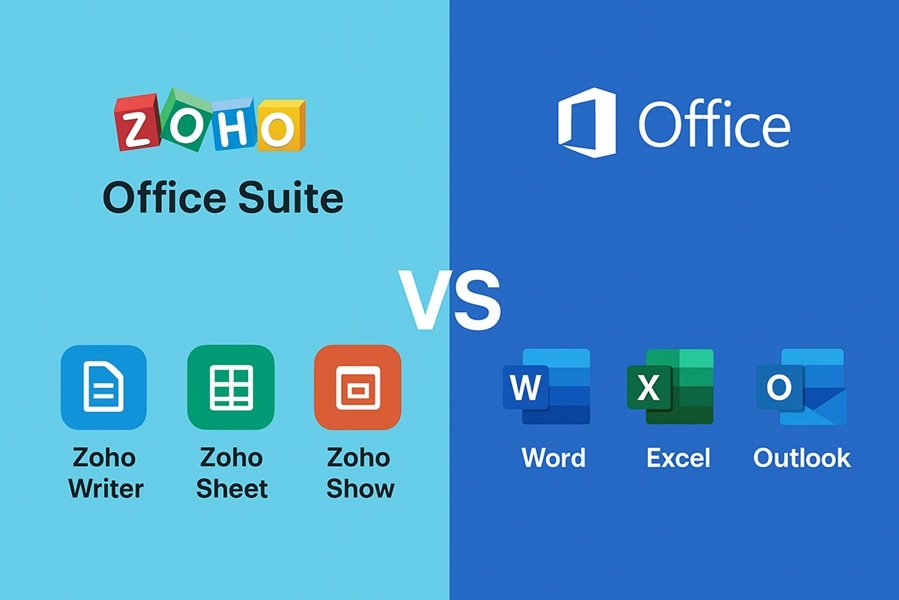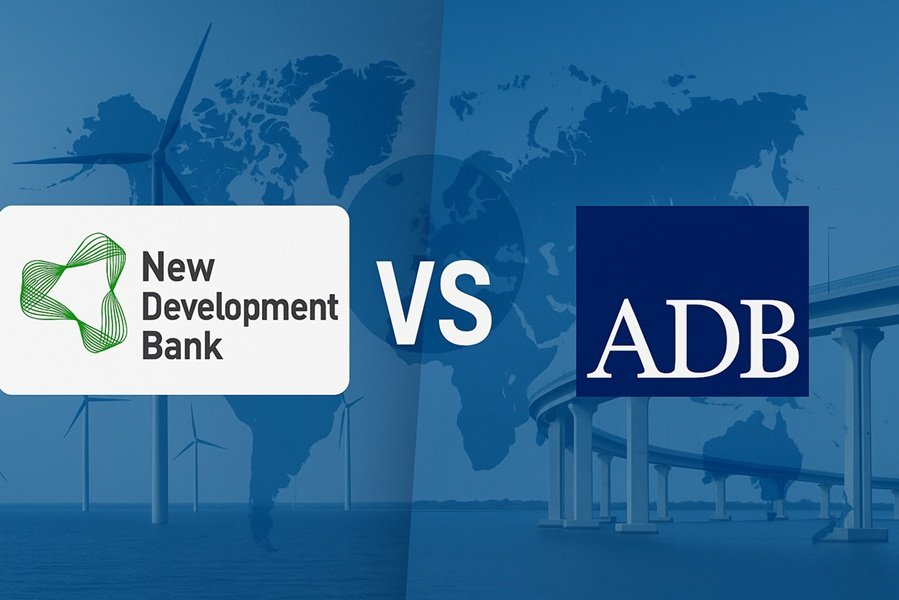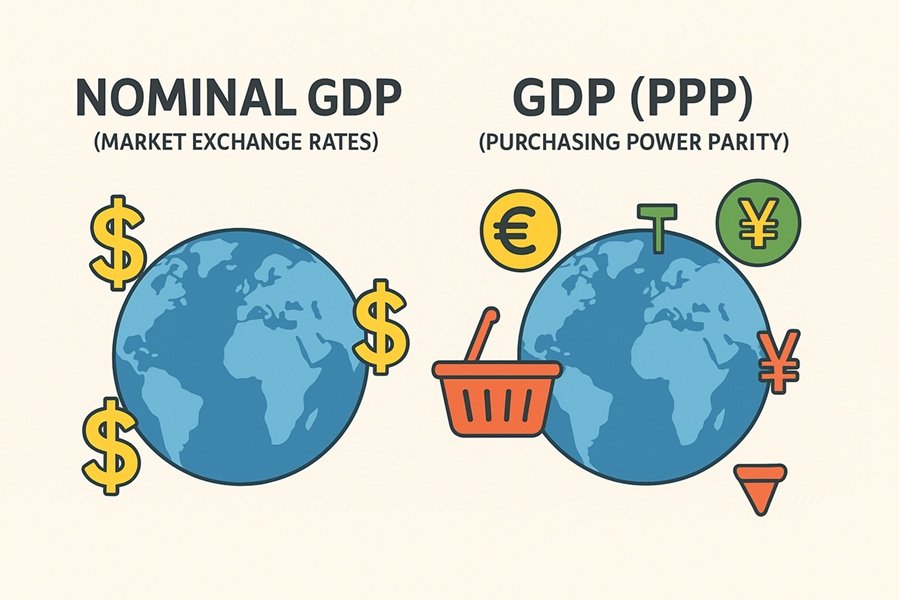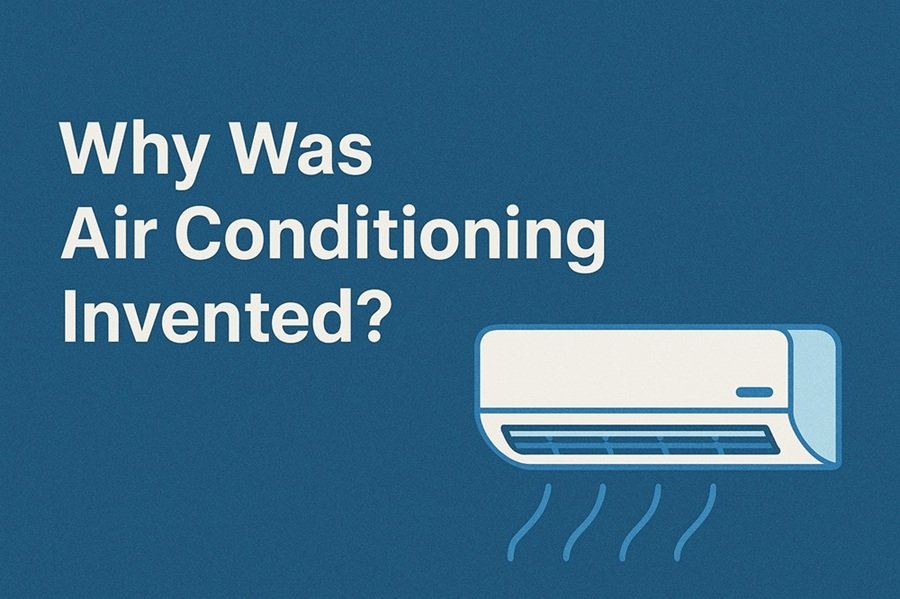
Tracing the Origins of Cool Comfort
Air conditioning is so common today that it’s easy to take it for granted — in homes, offices, cars, and malls. But have you ever paused to wonder: Why was air conditioning invented in the first place? What need was so urgent that it led to the development of this transformative technology?
The invention of air conditioning was not simply about comfort. It was initially a response to industrial challenges, with personal comfort becoming a major focus only later. Let’s explore the fascinating journey of how and why air conditioning was invented.
The Industrial Roots of Air Conditioning
The story of air conditioning begins not with cooling homes or offices, but with solving a very specific problem in the printing industry.
In the early 1900s, a young engineer named Willis Haviland Carrier was working at the Buffalo Forge Company. In 1902, he was tasked with addressing a serious issue faced by a client — the Sackett-Wilhelms Lithographing and Publishing Company in Brooklyn, New York.
Their problem was simple but disruptive: humidity.
In the summer months, excess moisture in the air caused paper to expand and contract, leading to misalignments during printing. Colors were misregistered, and the quality of prints dropped significantly. This was more than an inconvenience — it directly impacted production schedules, costs, and customer satisfaction.
Carrier was asked to find a solution to control humidity inside the printing plant, so that the paper would stay stable and prints would be consistent.
Carrier’s Breakthrough: The First Air Conditioner
On July 17, 1902, Willis Carrier designed what is widely considered the first modern air conditioning system.
His system involved:
- Cooling the air by passing it over chilled coils.
- Removing moisture (dehumidification) from the air as it cooled.
- Controlling temperature and humidity to maintain consistent environmental conditions.
Initially called an “Apparatus for Treating Air,” Carrier’s invention wasn’t aimed at human comfort at all — it was entirely for industrial process control.
His work proved to be incredibly effective, and soon, other industries, like textiles, tobacco, and food processing, recognized the value of controlled indoor environments.
Expanding the Vision: Beyond Industrial Use
Once industries started benefiting from cooler, drier air, people naturally began to wonder: If machines and products perform better in controlled environments, wouldn’t people too?
By the 1910s and 1920s, air conditioning started to spread slowly to public spaces where large crowds gathered, such as:
- Movie theaters (theaters were some of the earliest adopters because cool air drew big summer crowds).
- Department stores.
- Office buildings.
Interestingly, in those early days, marketing often portrayed air conditioning not as a luxury, but as a productivity tool. Cool, dehumidified air was believed to make workers more efficient and less prone to illness.
Air Conditioning in Homes
It wasn’t until the post-World War II economic boom that air conditioning began making its way into American homes.
Early residential units were bulky and expensive. However, by the 1950s, innovations such as window units made air conditioning more affordable and practical for middle-class households.
Several factors accelerated home adoption:
- Rising suburbanization created a demand for comfortable homes.
- Economic prosperity meant more families could afford luxuries.
- Technological improvements made AC units smaller, more reliable, and easier to install.
Home air conditioning changed American society. It made living in hot, humid regions (like the American South and Southwest) far more appealing, directly contributing to major population shifts.
Societal Impact: How Air Conditioning Changed the World
The invention of air conditioning has had profound effects beyond mere comfort:
- Economic Growth
Industries that required specific temperature or humidity conditions — like pharmaceuticals, computing, and semiconductor manufacturing — could only flourish with precise environmental control. - Urbanization
Cities like Houston, Miami, Phoenix, and Las Vegas owe much of their growth to air conditioning. Without it, their hot climates would have remained a major barrier to expansion. - Cultural Shifts
Summer movie blockbusters became a tradition largely because theaters were among the first to offer air-conditioned spaces. - Health Improvements
Proper climate control helped reduce heat-related illnesses, made hospitals safer for surgeries, and improved general public health during extreme weather.
Modern Air Conditioning: Sustainability Challenges
While air conditioning dramatically improved human living conditions, it also brought challenges.
- Energy consumption: AC units account for a significant share of electricity use, especially during hot seasons.
- Environmental impact: Early refrigerants used in AC systems, like CFCs, were major contributors to ozone depletion. Although newer, safer refrigerants have been developed, managing the environmental footprint remains a concern.
- Climate paradox: Ironically, as the planet warms due to climate change, demand for air conditioning increases, creating a feedback loop that further stresses energy resources.
Today, innovations like energy-efficient AC systems, smart thermostats, and eco-friendly refrigerants are helping balance comfort with environmental responsibility.
Conclusion: Air Conditioning — A Cool Necessity
Air conditioning was not invented to make our homes or offices more luxurious — it was designed to solve a practical, industrial problem.
Yet over the decades, it evolved into one of the most transformative technologies of modern life. From enabling economic development in hot regions to reshaping daily living patterns, air conditioning has changed how and where we live, work, and relax.
As we move forward, the story of air conditioning continues — this time focused on making cooling technologies smarter, greener, and more sustainable for future generations.

